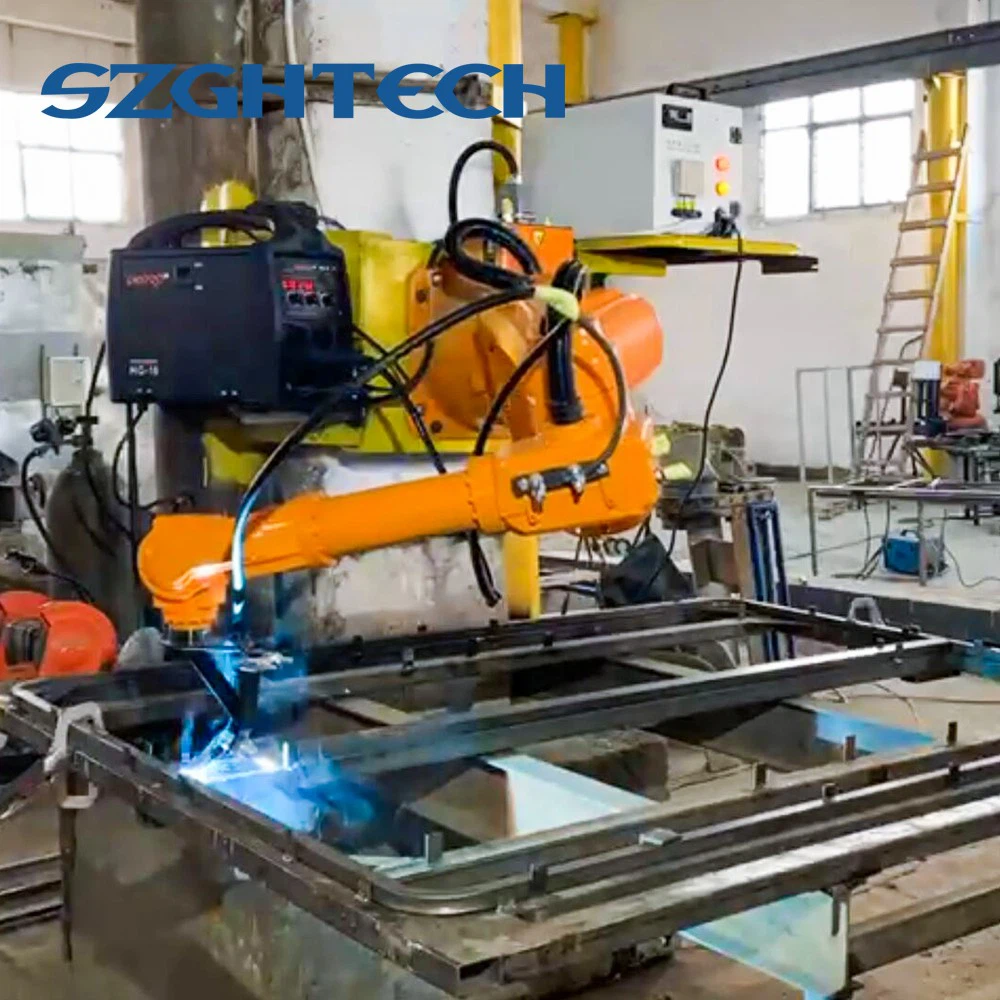The degree of automation of robotic arms has a significant impact on production line efficiency and cost. The following are several aspects of the impact of robotic arm automation on production line efficiency and cost:
1) Production efficiency: The higher the degree of automation of the robotic arm, the higher its production efficiency. Highly automated robotic arms can perform more complex operations and do not require human intervention, enabling production tasks to be completed quickly and efficiently. This helps to increase the efficiency and output of the production line.
2) Labor cost: The higher the degree of automation of the robotic arm, the lower its dependence on labor, which reduces labor costs. Highly automated robotic arms can reduce manual operation and intervention, reduce the error rate and downtime of manual operation, thereby reducing labor costs.
3) Maintenance costs: The degree of automation of the robotic arm also affects maintenance costs. Highly automated robotic arms typically have higher reliability and stability, requiring less maintenance and servicing time, resulting in lower maintenance costs.
4) Investment cost: The higher the degree of automation of the robotic arm, the higher its technology and performance level, and the higher the investment cost. Highly automated robotic arms often require higher technology and R&D costs, which leads to higher prices, which increases the investment costs of enterprises.

In summary, the degree of automation of robotic arms has an important impact on production line efficiency and cost. The higher the degree of automation of the robotic arm, the higher its production efficiency and reliability, the lower the labor and maintenance costs, but the higher the investment cost. When choosing a robotic arm, enterprises need to combine their own production needs and investment budgets to make reasonable choices and investments.

